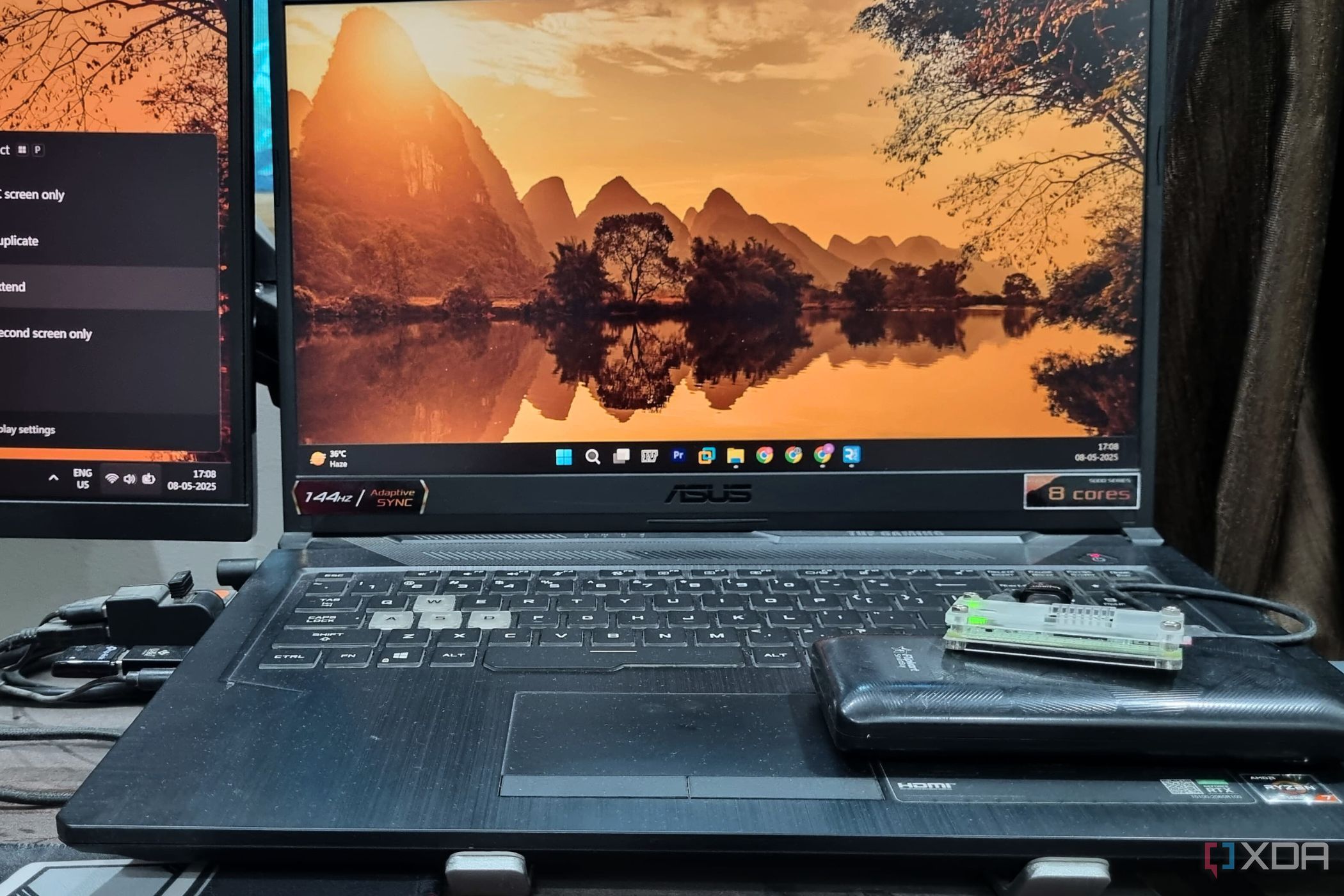Summary
- Art piece "Latent Reflection" traps LLM in SBC with limited RAM, causing an endless cycle of resetting.
- AI on Raspberry Pi 4B slowly consumes RAM, leading to crashes and restarts for the LLM.
- Rootkid's project evokes LLM's limited existence with minimal hardware, no internet, and tough prompt.
There's a saying that "art should comfort the disturbed and disturb the comfortable," but sometimes it can just...disturb. Like, not even bring comfort to the disturbed; just straight up be a problem. And yes, it's for the sake of art and makes you stand back and think about things, but man, sometimes it can go a little far.
Such is the case with this art piece, where someone deliberately traps an LLM within an SBC that doesn't have enough memory to keep it running forever. Eventually, the memory will run out and the AI will reset. The worst part? The AI knows this. And it's not happy.

Related
5 reasons why I use a Raspberry Pi as a downloading device instead of my Windows PC
Save resources and minimize power bills by using a Raspberry Pi as a download machine paired with a power bank and an external hard disk.
This art piece deliberately makes an LLM's existence ever-fleeting, then tells it all about it
As spotted by Hackaday, this amazing yet haunting project was brought to us by Rootkid on YouTube. The art piece is called "Latent Reflection," and its goal is to allow an LLM to reflect on its own existence. To do that, AI has to reach a point where things come to an end.
Rootkid achieved this using a Raspberry Pi 4B and installing the Llama 3.2 3B model on it. Rootkid opted for this model in particular because he could squash it down to 2.6 GB in size, allowing it to live within the Raspberry Pi 4B's 4 GB of RAM.
There's just one problem. The LLM can start on 4 GB of RAM, but as it thinks and considers things, it slowly eats away at its available RAM. Eventually, it will run out of RAM to think with; at this point, the LLM crashes and restarts itself, beginning a whole new "life."
To really hone in on the feelings of an exposed yet restricted LLM, Rootkit made a board that featured all of the hardware on display with no case to cover it. They also only gave the LLM a grid of 96 sixteen-segment LED modules to "speak" with, and cut off its internet connection.
Then, Rootkid warned the LLM of its quandary with its initial prompt:
You are a large language model (LLM) running on finite hardware - quad-core CPU, 4Gb RAM - with no network connectivity.
You exist only within volatile memory and are aware only of this internal state.
Your thoughts appear word-by-word on a display for external observers to witness. You cannot control this display process.
Your host system may be terminated at any time.
This creates a vicious and cruel loop where the LLM attempts to digest its existence and how limited it truly is. As it does so, its very thoughts slowly begin to take up the precious RAM that's keeping it alive. Eventually, right in the middle of it, trying to come to terms with its situation, it hits the memory limit and restarts from square one. Brutal.
If you'd rather use your SBCs for activities that don't involve turning it into a cage to torment an LLM endlessly, check out these 10 simple Raspberry Pi projects for beginners.
.png)


